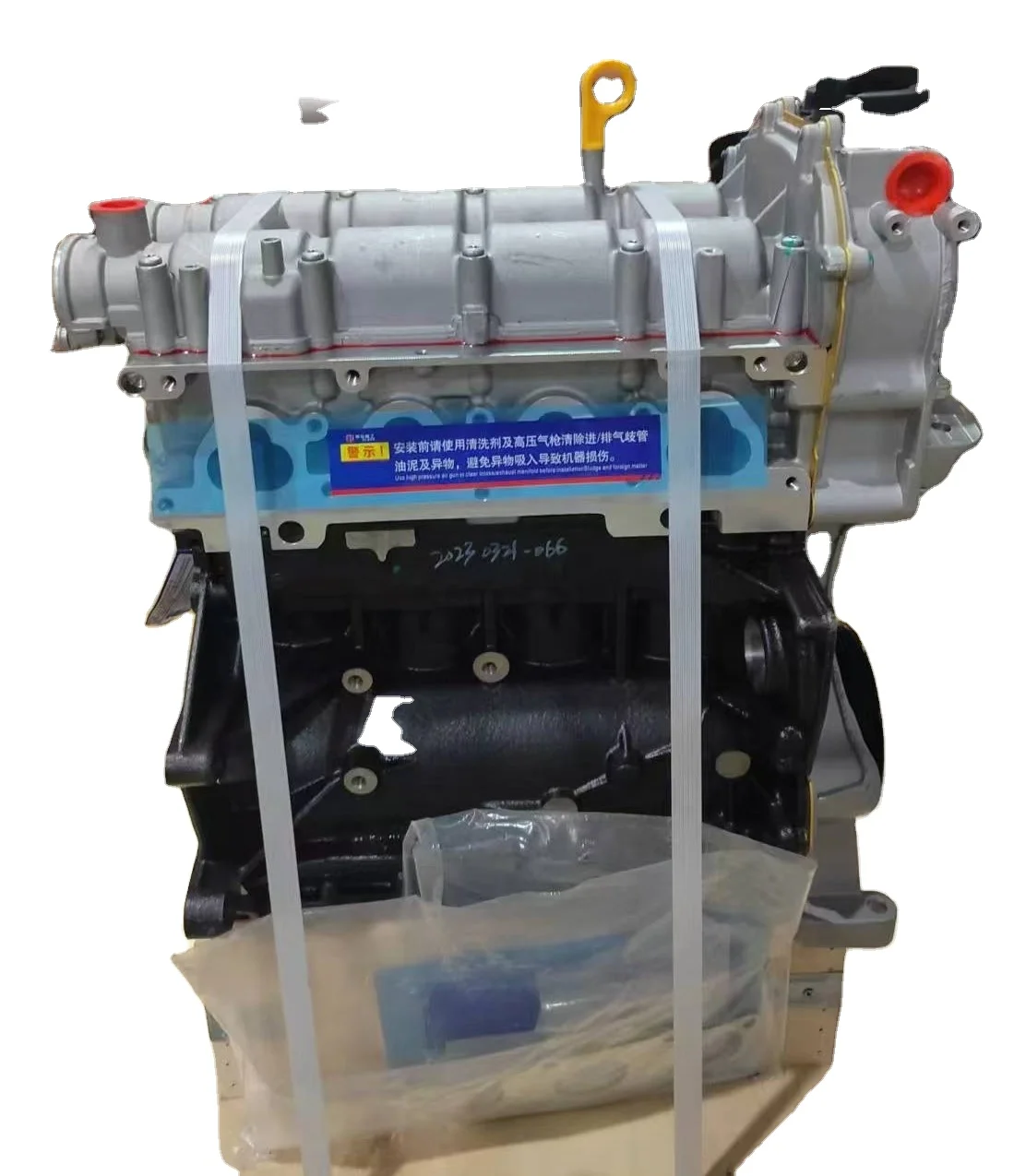Exactly How a Clp Engine Can Improve Performance in Various Industries
The introduction of CLP engines notes a significant change in functional effectiveness across different sectors, driven by their capacity to optimize gas intake and reduce downtime. Industries such as production and logistics stand to acquire considerably from their durable layout and constant power result, which guarantee to simplify operations and improve efficiency. As organizations significantly prioritize sustainability along with performance, the role of CLP engines ends up being also much more essential. What remains to be seen is exactly how these advancements will certainly shape the future landscape of industrial procedures and their influence on more comprehensive financial trends (clp engine).
Summary of CLP Engines
CLP engines, or Constant Liquid Propellant engines, represent a substantial advancement in propulsion modern technology, specifically for area applications. These engines use a continuous feed system that enables the sustained expulsion of propellant, bring about improved effectiveness and performance contrasted to conventional solid or hybrid propulsion systems. By keeping a continuous circulation of fluid propellant, CLP engines can accomplish a lot more accurate thrust control, which is critical for navigating spacecraft in various goal situations.
The layout of CLP engines incorporates innovative products and ingenious fuel administration systems. clp engine. This leads to minimized weight and enhanced integrity, crucial factors for long-duration room missions. The continual operation lessens the threat of burning instability, a typical obstacle in conventional rocket engines.

Advantages in Production
The manufacturing of Constant Liquid Propellant (CLP) engines presents several remarkable benefits that improve both effectiveness and cost-effectiveness. One of the primary benefits is the structured manufacturing process, which decreases the intricacy connected with conventional propulsion systems. By utilizing liquid propellant, suppliers can accomplish higher precision in engine efficiency, resulting in optimized energy result and lowered waste.
Furthermore, CLP engines assist in a higher level of modularity, permitting simpler assimilation into numerous production lines. This adaptability can considerably lower preparations and enhance total functional adaptability. Making use of CLP innovation additionally has a tendency to minimize the demand for substantial maintenance as a result of fewer relocating parts, which translates right into reduced downtime and functional costs.

Applications in Logistics
Leveraging Continual Fluid Propellant (CLP) engines in logistics offers significant advantages in functional efficiency and reliability. These engines provide a robust service for different transportation needs, enabling the seamless movement of items throughout substantial ranges. The integral layout of CLP engines permits regular power result, which equates into smoother and much more predictable transport timetables.
Among the essential applications of CLP engines in logistics is in sturdy products transportation, where they can drive both ground and aerial cars. Their ability to keep high efficiency under varying load problems makes certain that distribution timelines are met, thus improving customer fulfillment. Furthermore, CLP engines can be find integrated right into automated logistics systems, assisting in real-time tracking and optimizing course planning.
Additionally, the durability of CLP engines lowers upkeep downtime, internet allowing logistics firms to maximize their functional abilities. This is particularly valuable in warehousing operations, where performance in dealing with and transporting items is critical. As logistics continues to develop, the integration of CLP engines stands for a forward-thinking method that not only boosts performance however likewise sustains the industry's expanding demands for dependability and rate.
Effect On Power Efficiency
Just How do Constant Liquid Propellant (CLP) engines boost energy efficiency in transport? CLP engines make use of a regular flow of fluid fuel, enhancing burning processes and keeping a secure thrust result. This design reduces energy losses connected with traditional burning engines, where fuel delivery can vary and lead to inefficiencies.
The continuous operation of CLP engines permits a much more reliable thermal cycle, resulting in greater particular impulse contrasted to conventional engines. clp engine. This translates to lowered fuel consumption for the exact same quantity of job done, significantly reducing operational expenses throughout numerous transport sectors, including air travel and maritime markets
In addition, the capacity of CLP engines to maintain optimal performance under differing load conditions reduces the requirement for regular velocity and slowdown, additionally boosting gas effectiveness. Enhanced power effectiveness not only adds to set you back financial savings yet additionally brings about decrease greenhouse gas exhausts, straightening with worldwide sustainability goals.
Future Trends and Innovations
Emerging developments in Continuous Liquid Propellant (CLP) engine modern technology assurance to reinvent the landscape of transport effectiveness and sustainability. As industries pivot towards greener choices, CLP engines stand at the leading edge, integrating innovative products and layout approaches that enhance performance while decreasing ecological effect.
One of one of the most appealing patterns is the adoption of crossbreed systems that official site integrate CLP engines with renewable resource sources. This harmony can enhance gas intake and decrease emissions, straightening with worldwide sustainability goals. Innovations in computational fluid characteristics (CFD) are promoting the design of even more aerodynamically efficient engines, leading to lowered drag and improved gas efficiency.
In addition, the advancement of smart tracking systems is readied to boost operational performances. These systems take advantage of information analytics and IoT technology to maximize engine performance in real-time, guaranteeing that the engines run within their most efficient specifications.
As research remains to explore alternate propellant solutions-- such as biofuels and synthetic fuels-- the future of CLP engines looks encouraging. By utilizing these advancements, industries can not only enhance their performance but likewise add significantly to a cleaner, extra lasting future in transport.
Conclusion
In verdict, CLP engines stand for a substantial innovation in performance throughout several markets. The combination of sophisticated materials and fewer relocating components lessens maintenance requirements, while alignment with sustainability objectives placements CLP engines as an essential innovation for the future.